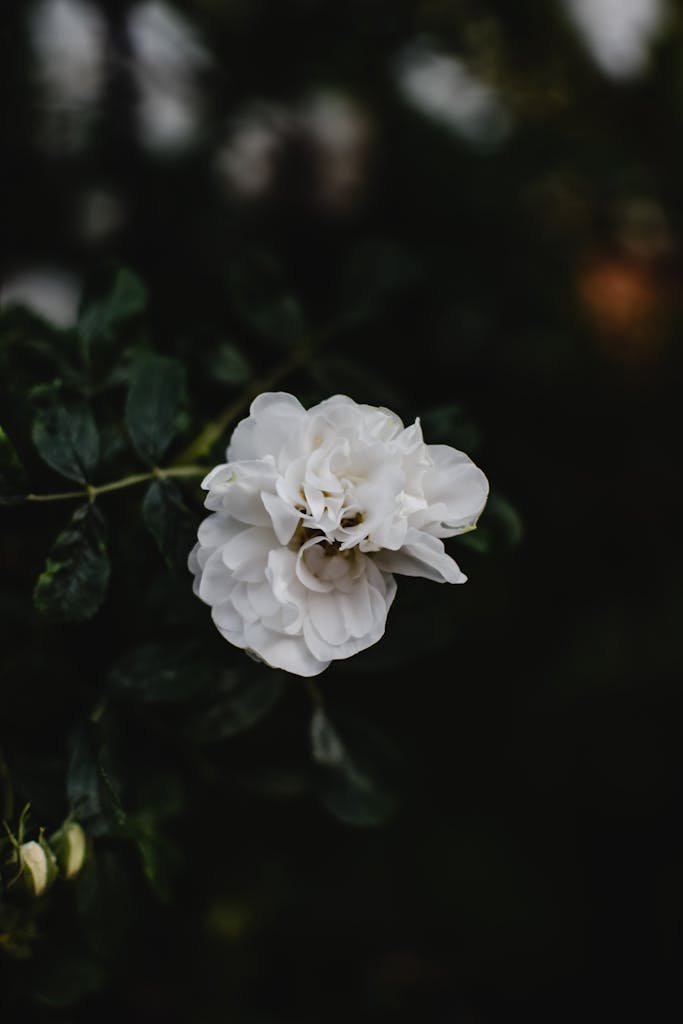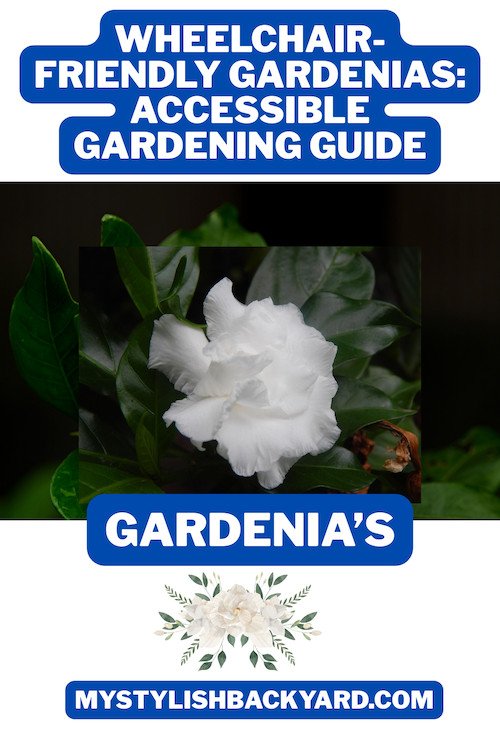

1. Introduction
Gardenias are renowned for their exquisite fragrance and elegant white flowers, making them popular among gardeners and floral enthusiasts. This guide provides comprehensive information on growing and caring for gardenia plants, including tips on cultivation, maintenance, and uses.
2. Plant Profile
- Botanical Name: Gardenia spp.
- Common Names: Gardenia, Cape jasmine
- Family: Rubiaceae
- USDA Zone: USDA zones 8-11
- Origin: Asia, Africa
3. Description
Gardenias are evergreen shrubs with glossy, dark green leaves and fragrant, creamy-white flowers. The flowers are typically large and showy, with waxy petals and a sweet, intoxicating scent.
Gardenia varieties may differ in size and growth habit, ranging from compact bushes to taller, more sprawling forms.

4. Growing Conditions
Sunlight
Gardenias prefer partial shade to full sun, with protection from intense afternoon sun in hotter climates.
Temperature
Gardenias thrive in moderate temperatures between 65°F to 70°F (18°C to 21°C). They are sensitive to cold and may require protection from frost.
Soil
Well-draining, acidic soil rich in organic matter is ideal for gardenias. Aim for a pH level between 5.0 and 6.0 for optimal growth.
Watering
Keep the soil consistently moist, but not waterlogged. Water deeply and regularly, especially during hot, dry weather.
Humidity
Gardenias prefer high humidity levels. Increase humidity by misting the foliage or placing a humidifier nearby, especially indoors.
5. Winter Care
Protect gardenias from frost and cold temperatures by covering them with frost cloth or bringing them indoors during winter.
Reduce watering and fertilization during the dormant season to promote rest and conserve energy.
6. Planting Gardenias
- Plant gardenias in well-draining, acidic soil amended with compost or peat moss.
- Choose a location with partial shade or filtered sunlight, away from strong winds and direct afternoon sun.
- Space gardenia plants 3-6 feet apart, depending on the variety and desired density.
7. Care and Maintenance
Watering
Keep the soil consistently moist, but not waterlogged. Water deeply at the base of the plant to encourage deep root growth.
Fertilizing
Feed gardenias with a balanced, acidic fertilizer formulated for acid-loving plants. Apply according to package instructions during the growing season.
Pruning
Prune gardenias lightly after flowering to remove spent blooms and maintain shape. Avoid heavy pruning, as gardenias bloom on old wood.
Pest and Disease Control
Monitor for pests such as aphids, mealybugs, and scale insects. Treat infestations with insecticidal soap or neem oil.
Watch for signs of fungal diseases such as leaf spot or powdery mildew and treat promptly with fungicides.
8. Propagation
Gardenias are relatively straightforward to grow from cuttings, either taken from young shoots in spring (softwood cuttings), or in mid to late summer from the current season’s growth that has just started to become woody (semi-ripe or half-ripe cuttings)
- Dip the cut end of the stem in rooting hormone and plant in a well-draining rooting medium.
- Keep the medium moist and provide bottom heat for faster rooting.
9. Flowering
Gardenias typically bloom in late spring to early summer, with some varieties producing sporadic blooms throughout the year.
Deadhead spent flowers to promote continuous blooming and prevent seed production.
10. Problem Solving
Yellowing leaves are a sign of distress that can result from a number of causes including too little light, too much water, low temperatures, or water that contains too much lime.
- Too little light is easily remedied by moving the plant into a brightly lit spot, although take care not to go to the other extreme as gardenias dislike direct sunlight
- Check the pot is not sitting in water and ensure the plant is sited where excess water drains freely – on a saucer of pebbles is idea
- Water using collected rainwater or filtered water. Be aware that an indication of ‘hard’ or limy mains water is a build-up of scale in your kettle and dishwasher
- Yellowing of the shoot tips usually indicates that temperatures are lower than the plant requires
Bud drop can occur if the plant becomes stressed due to growing conditions being less than ideal.
Lack of flowers may be due to insufficient or incorrect feeding, a dry atmosphere, or high temperatures.
11. Uses of Gardenias
Ornamental
Gardenias are prized for their ornamental value in gardens, borders, and containers. They add beauty, fragrance, and elegance to any landscape or indoor setting.
Cut Flowers
Gardenias make exquisite cut flowers for floral arrangements and bouquets, lending their sweet fragrance and pristine beauty to any occasion.
11. Using Gardenias in the Garden
Companion Plants
Gardenias pair well with other acid-loving plants such as azaleas, camellias, and rhododendrons. They also complement shade-loving perennials like ferns and hostas.
Avoid planting gardenias near plants that require alkaline soil or have high water needs, as this may affect their growth and health.

Garden Design Ideas
- Using Gardenias as a Focal Point: Plant gardenias as focal points in garden beds or containers, where their fragrant flowers and glossy foliage can be appreciated up close.
- Using Gardenias in Mass Plantings: Create stunning mass plantings of gardenias for a dramatic effect. Plant in groups or rows to showcase their beauty and fragrance.
Landscaping Ideas
- Using Gardenias in Naturalistic Plantings: Incorporate gardenias into naturalistic garden settings, woodland gardens, or tropical-inspired landscapes. Pair with other shade-loving plants for a lush, layered look.
- Using Gardenias in Formal Plantings: Use gardenias to add elegance and sophistication to formal garden designs, such as formal hedges, borders, or symmetrical plantings.
12. Conclusion
Gardenias are cherished for their exquisite beauty, intoxicating fragrance, and versatile uses in the garden and home. With proper care and attention, gardenias will reward gardeners with years of enjoyment and admiration.


